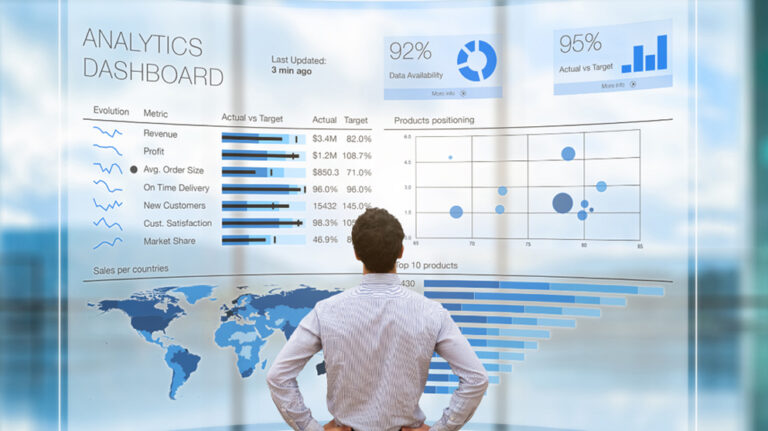

In order for any business to successfully sustain itself in a dynamic and volatile market, it is absolutely essential to evaluate the performance of a business from time to time. Key Performance Indicators (KPI) & Process performance indicators (PPI) are two vital tools to gauge the overall performance of a business and its processes.
Process Performance Indicators (PPIs) with target values that must be met within a particular time frame can be used to provide performance standards for business processes.
To put it simply, Process Performance Indicators are computerized metrics that assess the operational success of process-oriented businesses. The emphasis here is on operations and automated process performance evaluation. PPIs provide a drilled-down insight on specific processes as opposed to Key Performance Indicators that present a comprehensive overview of how the business is performing.
These tools usually accommodate process-driven companies, which recognize business processes as the foundation of their existence and prioritize process performance as a method of achieving competitiveness.
While Key performance indicators help guide strategic goals and provide daily insight into an organization’s overall health to decision-makers, PPIs are more precise. They target a single process over a set period of time and deliver verifiable data.
Whatever path you take, keep in mind that monitoring your processes and keeping track of the following PPIs are crucial first steps toward making critical improvements to your business processes.
Using Process mining tools or techniques for your business projects can help figure out which processes need help and which are already running well. Learn how process mining acts as a catalyst for highlighting the most important PPI for your business:
Unlike KPIs, Process Performance Indicators focus more on acquiring insight into process efficiency, process quality, and process effectiveness, as well as time. For example, the time it takes to finish invoicing can be used as a process time indicator. Improved cash flow will result from faster invoicing, which has an obvious financial impact. The procedure, on the other hand, is timed from the time an invoice is issued until the time it is paid. Process mining tools can then be used to pinpoint delays and redundant tasks while implementing automation where required.
With Re-vive, you gather deep insights into what your operational data says, making inefficiencies and bottlenecks distinctly visible and easier to tackle.

Copyright © 2024 By Re-vive. All rights reserved.